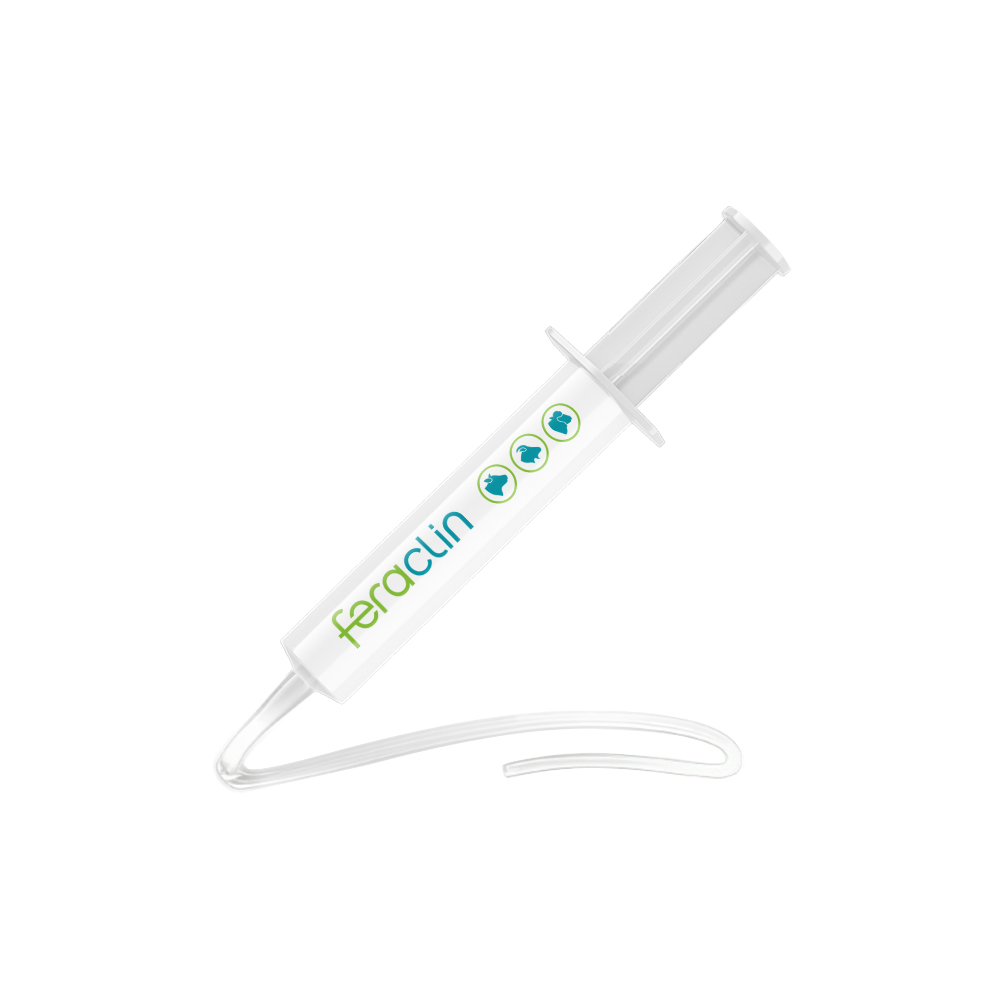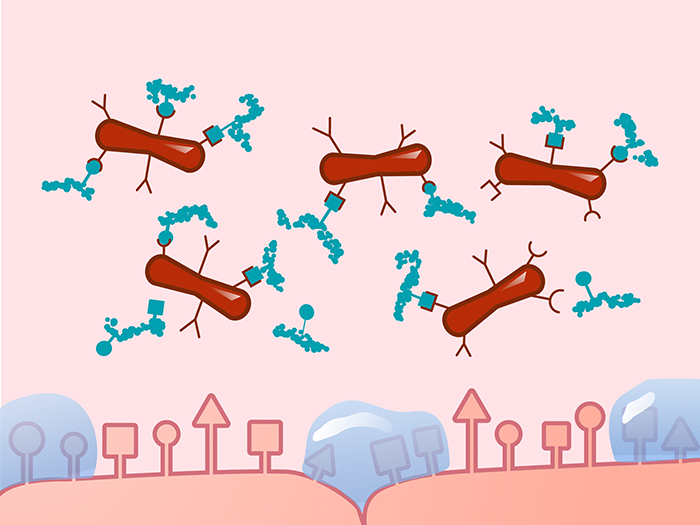uterus Care
FeraClin Uterus Care

FeraClin Uterus Care
Uterus flush helps remove infectious material and promotes healing
Metritis, a uterine infection that occurs shortly after calving, is a common health issue in dairy cows. It can lead to decreased milk production, poor reproductive performance, and overall diminished health of the cow. One effective method to treat metritis is through a uterus flush. This procedure helps remove infectious material and promotes healing.
The benefits of
FeraClin Uterus Care
Improved Fertility By addressing the infection promptly, the chances of future reproductive issues are minimized.
Cost-Effective Early and effective treatment can reduce the need for more extensive and expensive medical interventions later on.

Sooth and support the natural healing processes
FeraClin Uterus Care is specially tailored for the well-being of your cattle companions. FeraClin Uterus Care harnesses the power of nature to soothe the natural healing processes of cows’ uterus and support them in dealing with metritis. Rely on FeraClin Uterus Care to keep your cows happy and thriving.
How to apply FeraClin Uterus Care
1. Preparation
Ensure the cow is properly restrained to minimize movement during the procedure. Wear personal protective equipment to maintain sterility and protect yourself from potential contaminants
2. Catheter Insertion
Gently insert a sterile catheter through the cow’s cervix into the uterus. This process should be done carefully to avoid causing injury or introducing additional bacteria.
3. Flushing
Attach the tubing to the catheter and slowly introduce the sterile solution into the uterus. Allow the solution to flow freely, helping to dislodge and remove infectious material. The solution, along with any debris, will be expelled and collected in the container.
4. Monitoring
Observe the expelled fluid for signs of improvement. A reduction in foul odor and the presence of less debris indicate a successful flush. Multiple flushes may be required depending on the severity of the infection.
5. Post-Procedure Care
Monitor the cow for signs of recovery. Depending on the response, a second treatment 7-14 days later may be required in some cases if clinical signs persist. Ensure the cow receives proper nutrition and hydration to support her immune system and overall health.
Dual mode of action of the unique bioactive polysaccharides

Anti-adhesion

Clustering
Neutralizes harmful microbes through its clustering action